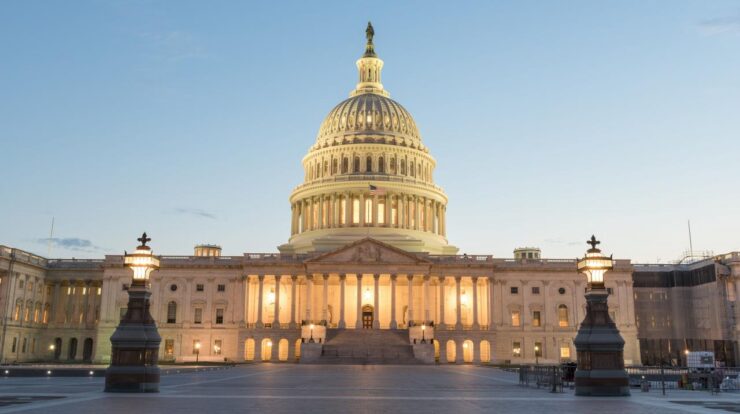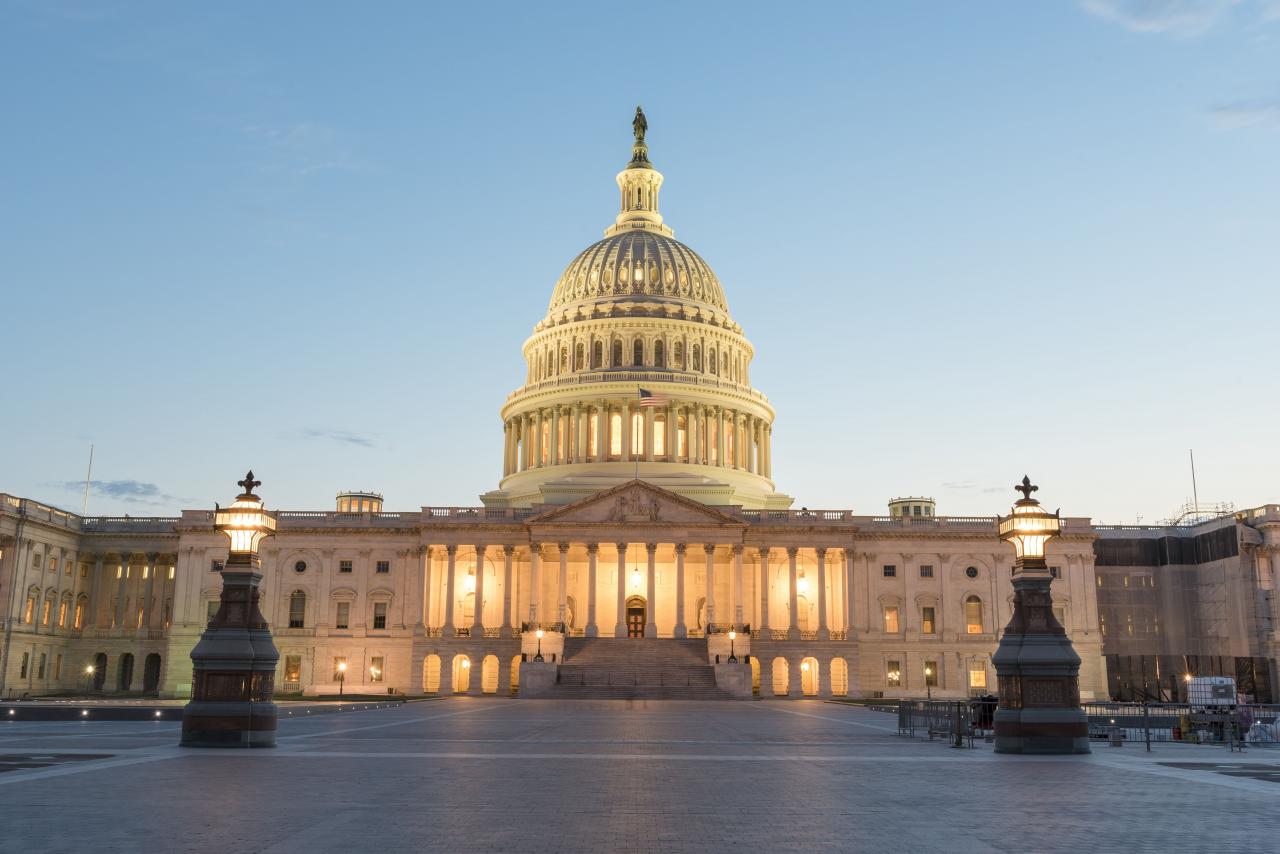
Capitol Measurement, the grandeur of the United States Capitol Building, has played a pivotal role in shaping the nation’s political landscape. Its architectural design, legislative functions, and cultural impact have made it an enduring symbol of American democracy.
From the iconic dome to the intricate columns and statues, the Capitol Building’s architectural features are laden with symbolism, reflecting the principles and values upon which the nation was founded. Within its hallowed halls, the legislative processes that govern the country unfold, shaping policies that impact the lives of all Americans.
Historical Significance of the Capitol Building
The United States Capitol Building stands as an enduring symbol of American democracy, embodying the nation’s political aspirations and shaping its political landscape. Since its completion in 1800, the Capitol has witnessed pivotal moments in the country’s history, serving as the stage for debates, decisions, and legislative actions that have profoundly impacted the nation.
Major Events
- 1814: Burning by British forces during the War of 1812
- 1861: Lincoln’s First Inaugural Address, marking the start of the Civil War
- 1913: Adoption of the 16th Amendment, establishing the federal income tax
- 1964: Passage of the Civil Rights Act, a landmark in the fight for racial equality
- 2021: January 6th Capitol Riot, an attempt to overturn the 2020 presidential election
Architectural Features and Symbolism
The Capitol Building’s architectural design is a masterpiece of neoclassical architecture, reflecting the ideals of democracy and the nation’s aspirations. Its prominent features, each imbued with symbolism, contribute to its overall grandeur and significance.
Dome
The massive dome, the building’s most iconic feature, represents the authority and power of the federal government. Its height and prominence symbolize the aspiration of the nation to reach great heights.
Columns
The rows of Corinthian columns surrounding the building represent the strength and stability of the nation’s institutions. Each column is topped by a capital adorned with acanthus leaves, a symbol of growth and prosperity.
Statues
The Capitol is adorned with numerous statues, each representing a different aspect of American history and values. The Statue of Freedom atop the dome symbolizes the nation’s commitment to liberty, while the statues of famous Americans in the National Statuary Hall represent the diversity and contributions of the nation’s citizens.
Legislative Functions and Processes
As the seat of the United States Congress, the Capitol Building is the heart of the nation’s legislative process. Within its chambers, debates take place, laws are crafted, and the nation’s policies are shaped.
Chambers, Capitol measurement
The Capitol Building houses two chambers: the Senate and the House of Representatives. Each chamber has its own unique rules and procedures, but both work together to pass legislation.
Committees
Much of the work of Congress is done in committees, where members research, debate, and propose legislation. Committees hold hearings, invite expert testimony, and make recommendations to the full chambers.
Enactment of Laws
Once a bill has been passed by both the Senate and the House, it is sent to the President for signature. If the President signs the bill, it becomes law. If the President vetoes the bill, it can be overridden by a two-thirds vote of both chambers of Congress.
Public Access and Tours
The Capitol Building is open to the public for tours and educational programs. Visitors can explore the building’s historic chambers, view its impressive art collection, and learn about the legislative process.
Guided Tours
Guided tours are available to the public on a first-come, first-served basis. Tours provide an in-depth look at the Capitol’s history, architecture, and significance.
Educational Programs
The Capitol Visitor Center offers a variety of educational programs for students, teachers, and the general public. These programs provide an opportunity to learn about the legislative process and the role of the Capitol in American democracy.
Preservation and Restoration: Capitol Measurement
The Capitol Building is a national landmark and its preservation is of utmost importance. Ongoing efforts are underway to maintain and restore the building’s historic fabric.
Challenges
The Capitol Building faces a number of challenges, including the effects of time, weather, and pollution. The building’s massive size and complex design make it particularly difficult to maintain.
Restoration Projects
In recent years, several major restoration projects have been undertaken to address the building’s challenges. These projects have included repairs to the dome, the cleaning of the exterior, and the restoration of the interior.
Cultural Impact and Representation

The Capitol Building is a powerful symbol of American identity and has been depicted in countless works of art, literature, and popular culture.
Art and Literature
The Capitol Building has been the subject of numerous paintings, sculptures, and photographs. It has also been featured in novels, poems, and plays.
Popular Culture
The Capitol Building is often used as a backdrop in films and television shows. It has also been featured in video games and on postage stamps.
Last Recap
As a symbol of national identity, the Capitol Building has been immortalized in art, literature, and popular culture. Its preservation and restoration efforts ensure that this architectural masterpiece will continue to inspire generations to come, serving as a testament to the enduring spirit of American democracy.
Q&A
What is the historical significance of the Capitol Building?
The Capitol Building has been the seat of the United States Congress since 1800, playing a central role in shaping the nation’s political landscape.
What are some of the key architectural features of the Capitol Building?
The Capitol Building is known for its iconic dome, which symbolizes the authority of the federal government. Other notable features include the columns, statues, and murals that adorn its exterior and interior.
How can the public access the Capitol Building?
The Capitol Building is open to the public for tours and educational programs. Visitors can explore the building’s history, architecture, and legislative functions.





